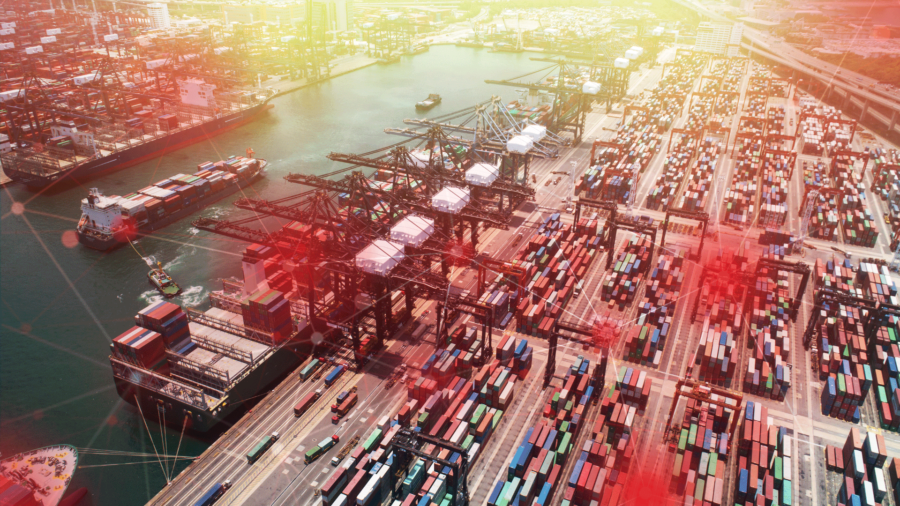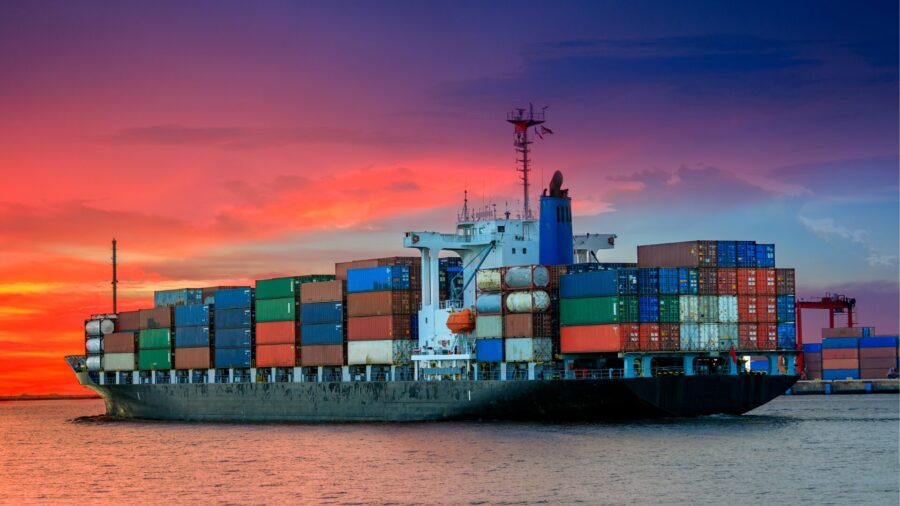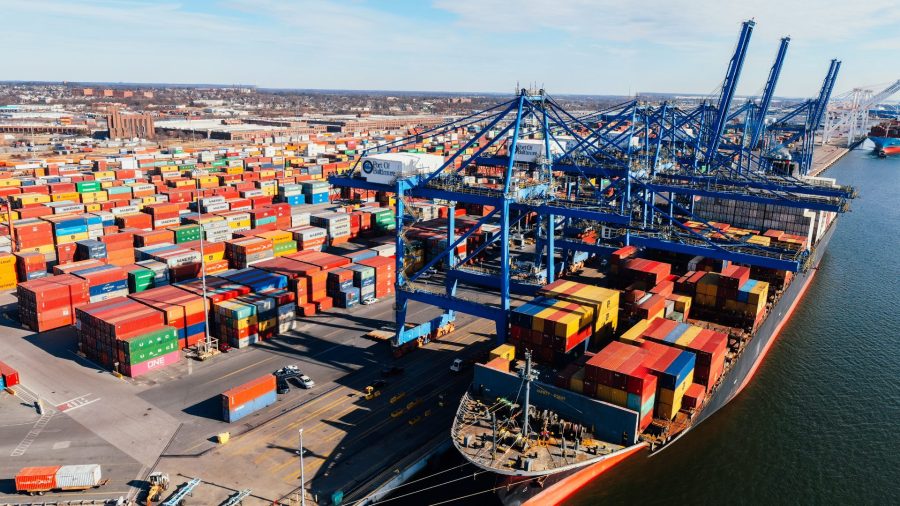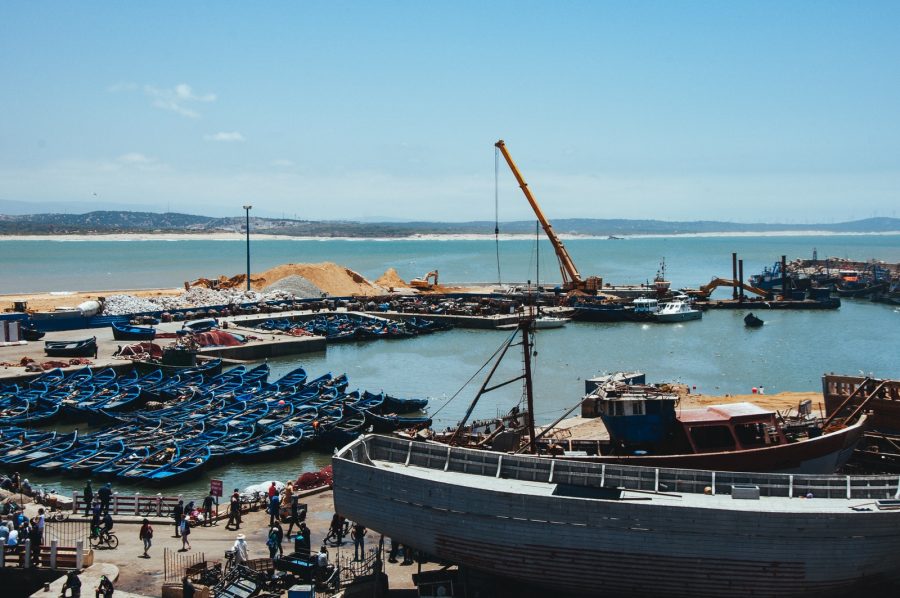The supply chain continues to be a challenge for food importers, but the pain points are shifting. And despite media reports claiming a “downturn,” rates are still elevated when compared to the pre-pandemic period.
That’s according to Camerican International President Josh Gellert, who explained that East Coast ports, excess demurrage, and full warehouses were among the current pressure points at ports.
“Ocean rates remain stubbornly high from Europe and South America. Asia ocean rates, although down from COVID highs, are still significantly higher than pre-COVID levels,” Gellert said in an e-mail to The Food Institute.
Easing and Stabilizing Prices for Shipping
Michael Murphy, who serves as Camerican’s Senior Director, Global Supply Chain, said ocean rates for trans-Pacific eastbound trade had declined by 25% when compared to those in effect during May 2022, and that ships were less than 80% full on average.
“Trans-Atlantic westbound rates are still high for dry and reefer rates, but the rate levels have stabilized and are steady due to full ships and congestion at European ports. South America northbound rates are steady but equipment is scarce and port congestion persists,” he said.
Vespucci Maritime CEO Lars Jensen agreed with that assessment.
“Basically, the market is in a process to re-normalize. The very high freight rates were supported by insufficient capacity. As bottlenecks have eased somewhat, but certainly not resolved, this has released more capacity back into the market. At the same time demand is weak. This means rates are now on a slide back to normality,” he said in a message to The Food Institute.
Critical Point for U.S. Ports
Murphy noted that there were 153 idle ships at anchor nationally awaiting a berth to unload as of September 8, with East Coast ports like New York, Savannah, and Houston at gridlock levels. In mid-August, The Wall Street Journal reported queues of 20 vessels, 40 container ships, and 25 boats awaiting a berth at the Port of New York and New Jersey, the Port of Savannah, and Port Houston, respectively.
He also said the Ports of Los Angeles and Long Beach remained at gridlock levels. A report from American Shipper noted there were 15 ships awaiting a berth at the ports as of August 17, and although this was down from the 109 reported in January, it still represented a logistical headache for those trying to move product into the country. Additionally, some still believed a surge in imports could be coming in September.
“Drayage is suffering due to lack of chassis and shortage of available drivers. Warehouses that serve the importers are generally at full capacity, and importers face delays because of lack of appointments to unload containers,” Murphy clarified.
A True ‘Downturn’ or ‘Downcycle?’
Profits for global container shipping could fall as much as 80% by the 2023-24 fiscal year following two years of unprecedented container freight rates. according to HSBC Global Research. The bank noted that although profits would fall from an estimated peak for 2022, they would likely remain above the pre-pandemic norms, reported Seatrade Maritime News.
Various media reports have classified the trend as a “downturn,” which Jensen contends is a bit misleading.
“It becomes a matter of semantics whether this is a ‘downturn.’ I would not use that term as rates are still much higher than pre-Covid,” he told The Food Institute.











